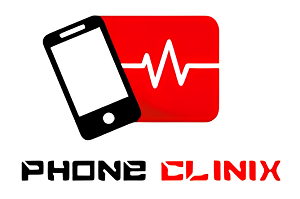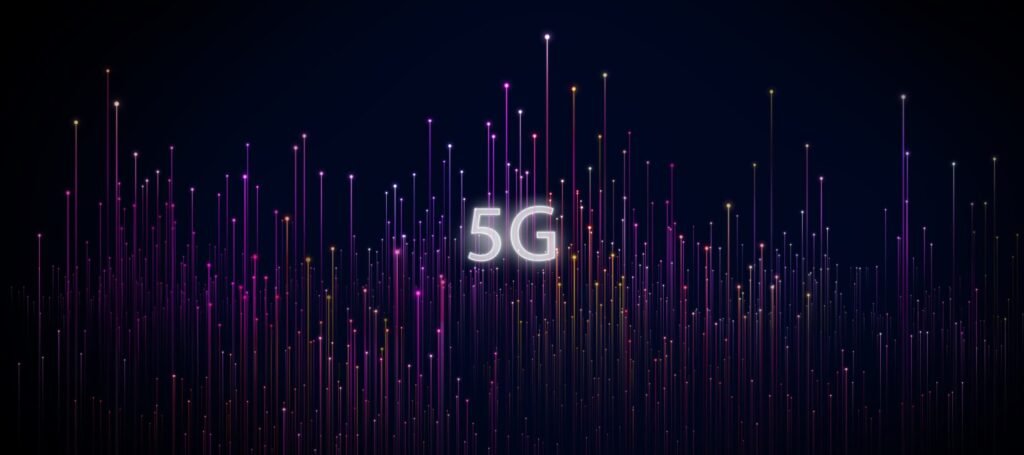In the ever-evolving landscape of smartphone features, one trend has moved beyond just being a passing design fad Dark Mode. Initially introduced as a stylish, visually soothing alternative to the traditional light theme, Dark Mode has now become a staple across mobile operating systems, apps, and even phone diagnostic software. While many users activated it purely for its modern look, its growing popularity has revealed that the benefits go far beyond mere aesthetics.
This article explores how Dark Mode has transcended its visual appeal to offer real, tangible benefits such as power saving, improved visibility in low-light environments, and even health advantages. It also dives into its integration in essential mobile tools, including phone diagnostic software, and why its use in such utilities is particularly valuable.
The Rise of Dark Mode
Dark Mode refers to a user interface (UI) setting that displays light-colored text and icons on a dark background, usually black or deep gray. Tech giants like Apple and Google began offering system-wide dark themes with the release of iOS 13 and Android 10, respectively. Since then, virtually all major applications from social media platforms like Facebook and Instagram to productivity tools like Microsoft Office and Google Docs have adopted Dark Mode.
But what began as a visually distinct option has grown into a practical feature, one that enhances usability and device performance.
Energy Efficiency: A Battery Saver in Disguise
One of the most cited practical benefits of Dark Mode is its impact on battery life—particularly on smartphones with OLED (Organic Light-Emitting Diode) screens. Unlike LCDs, OLED screens don’t require backlighting. Each pixel emits its own light, and dark pixels are essentially “turned off” or consume very little power.
This means that the more black or dark pixels your screen displays, the less power it consumes. A 2018 study by Google confirmed that using Dark Mode on OLED devices can extend battery life by up to 60%, depending on brightness and usage patterns.
This benefit is especially important in applications that require prolonged screen time—like phone diagnostic software, where users or technicians might spend extended periods analyzing hardware and software performance metrics. Integrating Dark Mode into such tools helps conserve energy during long diagnostic sessions, a benefit both for the device and the environment.
Eye Strain and Blue Light Reduction
Another significant reason Dark Mode has become more than a cosmetic preference is its potential to reduce eye strain, particularly in low-light conditions. Staring at a bright, white screen for long periods can be tiring to the eyes, especially when surrounding ambient light is dim.
Dark Mode reduces the luminance emitted by screen pixels, resulting in a gentler contrast that is easier on the eyes. While it doesn’t eliminate the need for screen breaks, it certainly offers relief during extended phone use. This is crucial for professionals who rely heavily on their smartphones for work-related tasks.
Moreover, Dark Mode can reduce blue light exposure, a type of high-energy visible light that has been linked to disrupted sleep cycles. Although the jury is still out on whether Dark Mode alone can improve sleep hygiene, it’s often used in conjunction with Night Shift or Blue Light Filters to create a more sleep-friendly screen experience.
For those using phone diagnostic software during late-night repair sessions or remote troubleshooting tasks, Dark Mode offers a more comfortable visual experience, allowing technicians to work longer without experiencing as much eye fatigue.
Improved Focus and Readability
One lesser-known advantage of Dark Mode is how it can improve focus. Many users report that dark backgrounds help reduce distractions by minimizing peripheral glare. This is particularly helpful in productivity or technical apps where data is displayed in charts, graphs, or tables.
Consider a phone diagnostic software application showing CPU performance, temperature logs, memory usage, and battery health data. Presenting this data against a dark background with color-coded highlights can make it easier to scan and interpret information quickly. Developers often design their IDEs (integrated development environments) in dark themes for the same reason—because code, syntax, and error messages pop better and are easier to follow.
Accessibility and Inclusivity
Accessibility is another important factor that has driven the adoption of Dark Mode. For users with visual impairments or sensitivity to bright lights, Dark Mode offers a more inclusive digital experience. High contrast themes are often easier for people with certain eye conditions to navigate.
Smartphone diagnostic tools, particularly those that are consumer-facing, benefit from offering Dark Mode to accommodate users with varying accessibility needs. A well-designed diagnostic tool that respects these preferences can significantly improve the user experience and broaden the tool’s usability.
Dark Mode in Phone Diagnostic Software
As smartphones become increasingly complex, phone diagnostic software has become an essential tool for both consumers and professionals. These apps help users identify hardware malfunctions, assess battery health, detect sensor issues, and even test camera functionality.
Given the technical nature of these applications, a Dark Mode interface serves multiple functions:
- Enhanced Usability: Diagnostic tools typically present a lot of dense data. Dark Mode makes it easier to differentiate and categorize data points using vibrant colors without straining the user’s eyes.
- Professional Look and Feel: For repair technicians and IT professionals, a dark interface lends a more refined and modern appearance to the software, reinforcing the sense of professionalism and reliability.
- Reduced Distraction: A darker interface allows users to focus more directly on the data, rather than being distracted by white space and glare.
- Battery Conservation: Especially important for users diagnosing battery performance—using a battery-intensive app to test battery life defeats the purpose. Dark Mode can help mitigate this issue by reducing screen power consumption during diagnostics.
More phone diagnostic software developers are now prioritizing Dark Mode in their user interface design, offering either manual toggles or automatic switching based on system settings or time of day.
The Psychological Impact of Dark Mode
On a more subtle level, Dark Mode can influence user behavior and satisfaction. Studies in UI/UX design suggest that darker interfaces can evoke a sense of sophistication and calm. In stressful situations—like troubleshooting a malfunctioning phone—this psychological effect may enhance user satisfaction by making the environment feel less chaotic.
Users dealing with phone issues are already in a vulnerable state, and a poorly designed, harshly lit diagnostic interface can make the experience more stressful. A well-designed Dark Mode interface, on the other hand, can bring a sense of calm, helping users navigate issues with more confidence.
Final Thoughts
Dark Mode is no longer just a sleek design trend—it’s a utility with real-world implications. From extending battery life and reducing eye strain to enhancing focus and improving accessibility, its benefits are too substantial to ignore. Its thoughtful integration into complex applications like phone diagnostic software proves that Dark Mode has graduated from being a visual novelty to a functional necessity.
As our reliance on smartphones continues to grow, and as apps become more sophisticated and data-driven, the demand for user-friendly, performance-enhancing features like Dark Mode will only rise. Developers, designers, and tech enthusiasts alike should recognize that aesthetics and functionality are no longer mutually exclusive and that sometimes, a darker screen can lead to a brighter experience.



